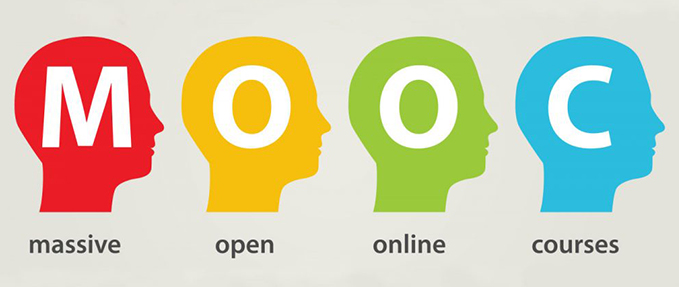
In the world of digital education, massive open online courses (Moocs) are here to stay.
It may have been five years since The New York Times declared 2012 to be the Year of the MOOC, but Moocs are still multiplying and branching out into new forms of accredited learning experiences. All the major Mooc platforms – such as edX, Coursera, Udacity and FutureLearn – are offering some kind of professional certification or degree-level study. You can study a business-skills focused MicroMasters with edX or a Nanodegree with Udacity or take a full master’s online with FutureLearn or Coursera.
The platforms themselves have improved, adding new features that have shifted learning away from the transmission mode of video lectures to embrace more meaningful peer-to-peer learning opportunities, feedback and practice.
While thousands of learners have found that the scaled-up learning model works for them, only a small, privileged section of the global population currently use Moocs. These tend to be experienced and well-qualified learners – most Mooc participants already have a degree. Yet the World Bank has warned that we are in the midst of a global education crisis.
So, as we discuss in our recent Centre for Global Higher Education working paper, what do we have to do to make Moocs work for the people who need them most?
Making the case for Moocs
Millions of people in the Global South are capable of studying online but live too far from affordable campus education. Many others around the world find themselves in situations that restrict their options for study – they might be living as refugees, or they might have difficulty taking time away from work or family.
For them, online learning might be their only chance to study. Given that the digital world now enables remote employment as well as remote learning, online learning could be a lifeline to a level of prosperity that has never before been possible.
Conventional small, tutored online courses will not work in these contexts, because the business model becomes unfeasible when the numbers scale. The cost of tutors to provide individual feedback online to tens of thousands of students is not sustainable.
Digital technologies can now effectively support and enhance the process of learning. They can emulate all the types of teaching-learning activity through which learners develop concepts and practice, and sustain relationships among teachers and learners.
- Moocs provide videos and articles for learners to watch and read, forums to discuss the concepts, practice environments and quizzes to get feedback, peer-review activities and collaborative tools to share ideas and solve problems together
- Teacher presence is important to learners, and those involved in Moocs are developing approaches to enable this (for example through end-of-week videos in which an educator responds to the most popular questions or comments)
- Embedding Moocs into teacher-supported classroom work to create a blended learning approach is proving viable for many campus courses.
Training teachers and improving assessment
If we are to achieve the Unesco Sustainable Development Goal of universal basic education, we need tens of millions of as-yet untrained teachers to educate school-age children. Moocs cannot directly teach those children, but they can train non-professional adults to become those teachers. Such a “large-scale cascade model” of online learning would support the development of a much larger teaching workforce.
Another key challenge for scaled-up online learning is to make the assessment feasible for massive cohorts without creating unrealistic burdens on teacher or facilitator time. Can technology help us to improve the validity of peer and self-assessment to address this issue? Could automated assessment act as an aid to human judgement, making peer review more reliable and easier to perform? Will learning analytics provide feedback to individual learners that shows how their performance compares with that of their peers, and how they could improve?
Yet minimising personal tutor support to keep costs down can result in reduced quality, and therefore equity. We need to prevent online learning becoming a low-quality solution for those who cannot afford an alternative.
Understanding the costs
Viable solutions to making online learning affordable and sustainable require an understanding of the true costs. What are the costs of a video to be shown over 10 runs of a course? What are the costs of facilitating a discussion for each of those 10 runs? How large can an online tutor group be? What combination of activities will produce the best experience for the learner?
More research on this activity-based costing approach will enable us to plan costs realistically in relation to the quality of the learning experience provided.
Online learning at scale has the potential to transform access to quality higher education. It also has the potential to transform what it means to teach in higher education. The question now is how can we make sure that this transformation is productive and sustainable for the future of higher education for all.
Author Bios: Diana Laurillard is a co-investigator at the Centre for Global Higher Education and professor of learning with digital technologies at the UCL Institute of Education. Eileen Kennedy is a senior research associate at the Centre for Global Higher Education, based at the UCL Institute of Education.